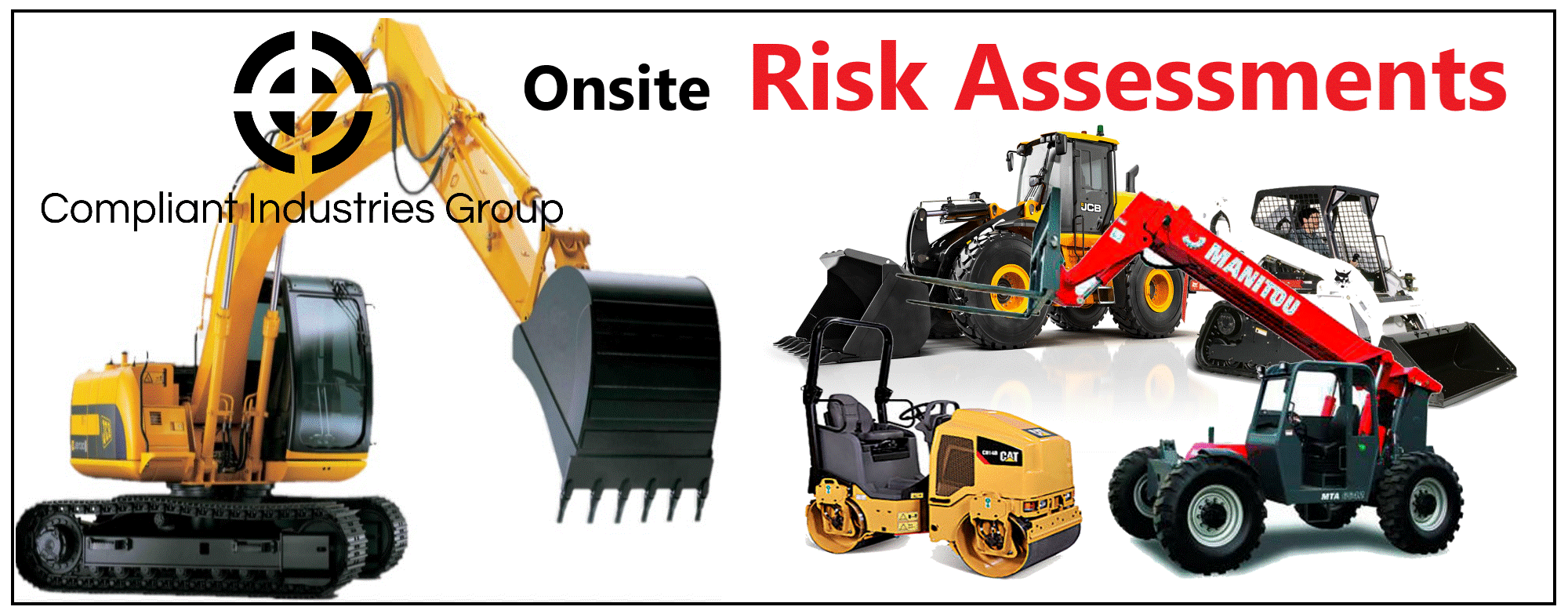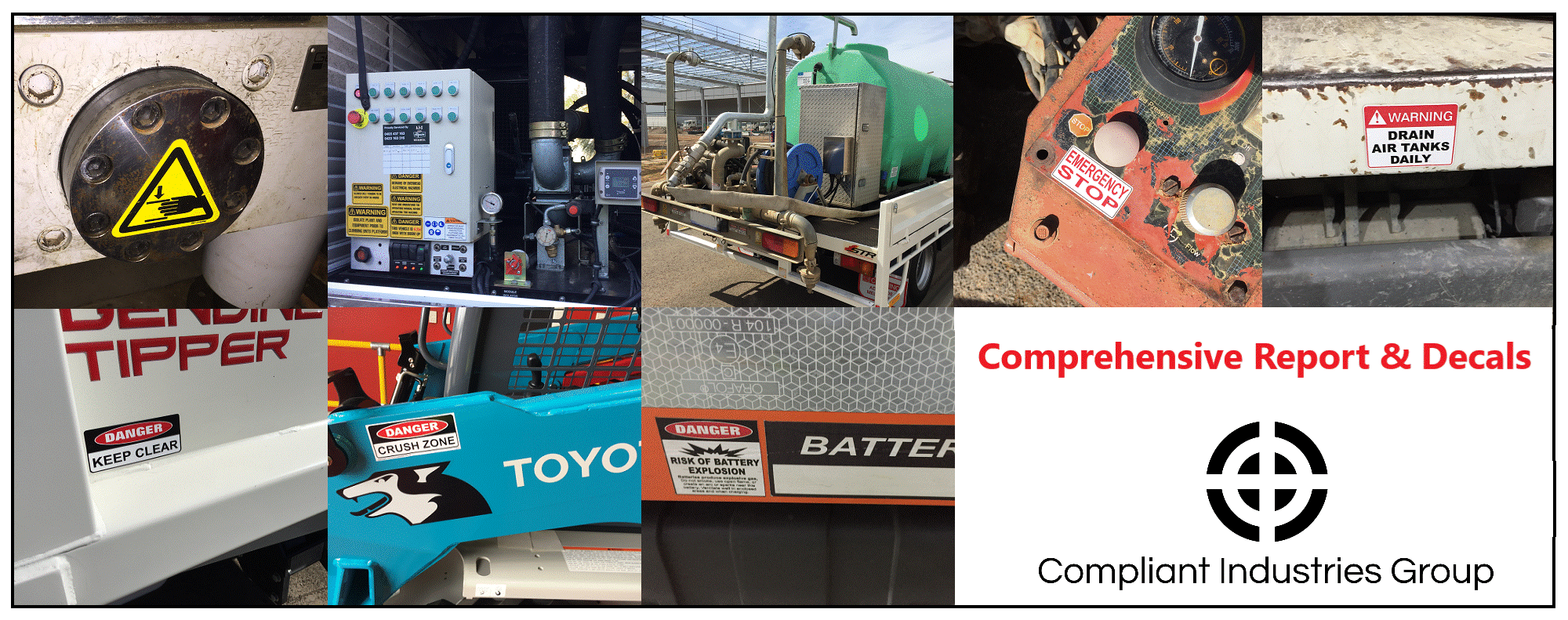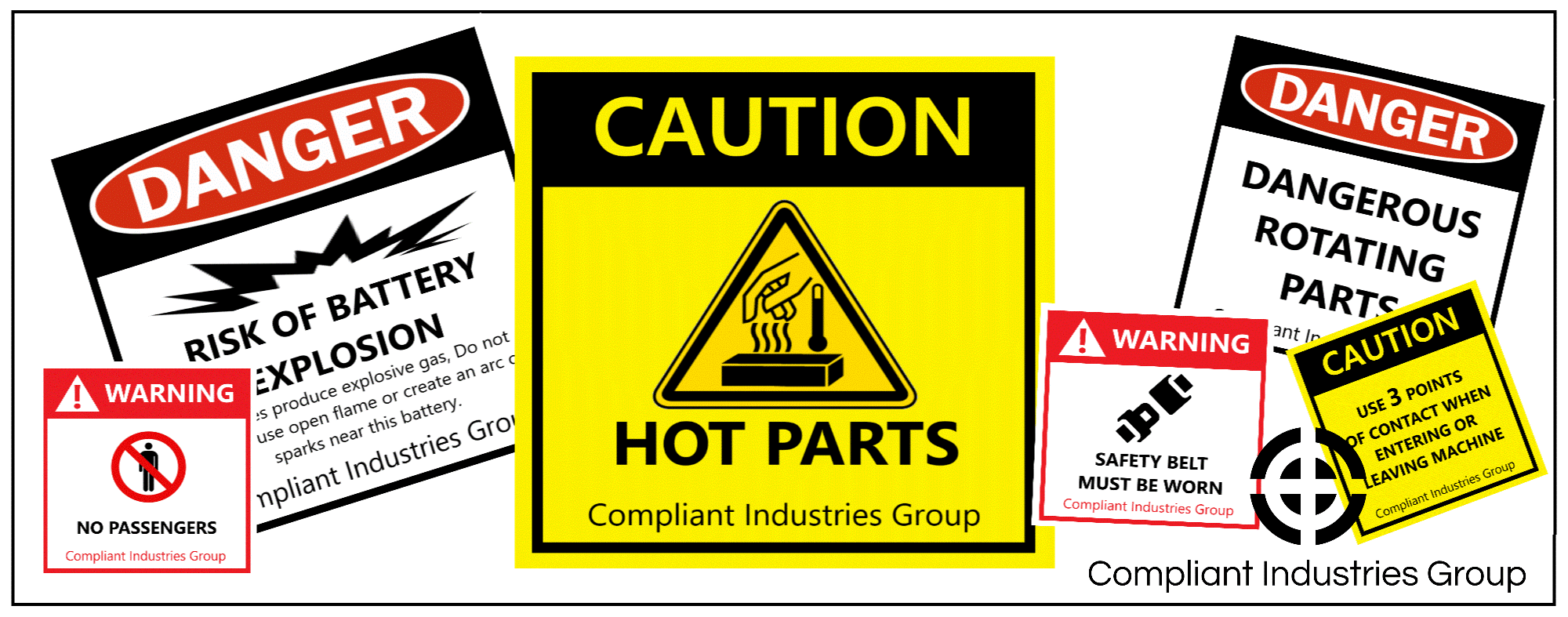The Employer with a DUMP TRUCK have obligations under OHS/WHS legislation to provide that DUMP TRUCK in a safe condition. Part of this safety process requires a plant risk & hazard assessment of the DUMP TRUCK to be carried out, identifying the risks & hazards associated with its operation. This introduces safe operational controls to safeguard the operator and personnel working around the DUMP TRUCK.
Compliant Industries Group qualified risk & hazard assessors are experienced in a wide range of industries - civil construction, mining, transport, forestry, agriculture and oil & gas industries. We thoroughly inspect and report on the current requirements stated in the OHS/WHS Act. We track your plant risk and hazard assessments with a reminder service and contact you a month in advance of your risk & hazard assessment expiring giving you the peace of mind that your business, plant & equipment are safe and compliant.
DUMP TRUCK - Plant risk & hazard assessments can be carried out onsite, in or at the place of work. A comprehensive DUMP TRUCK plant risk & hazard report, inspection compliant safety sticker are issued on completion. Call today for great discounts on more than 1 item plant risk assessment.
Questions asked in the DUMP TRUCK Risk and Hazard Assessment with the identification of risks and hazards associated with the DUMP TRUCK. Compliant Industries Group hazard and risk assessors are experienced on the plant and will go through every aspect of your DUMP TRUCK in a thorough process.
The areas covered in the comprehensive DUMP TRUCK risk and hazard report are:
1. ENTANGLEMENT: Can anyone’s hair clothing, gloves, necktie, jewelry, cleaning brushes, rags and other materials become entangled with moving parts of plant or materials in motion?
2. CRUSHING: Can anyone be crushed
3. CUTTING: Can anyone be cut, stabbed or punctured
4. SHEARING: Can anybody’s body parts be sheared between two parts of the plant or between a part of the plant and work structure?
5. HIGH TEMPERATURES: Can anyone be burnt due to contact with moving parts or surfaces of the plant or materials handled by the plant?
6. STRIKING: Can anyone be struck by moving objects
7. HIGH PRESSURE FLUID: Can anyone come into contact with fluids under high pressure?
8. ELECTRICAL: Can anyone be injured by electrical shock or burnt
9. FALLING – SLIPPING: Can anyone using the plant or in the vicinity of the plant, slip, trip or fall from heights over 2 meters?
10. ERGONOMIC: Can anyone be injured
11. SUFFOCATION: Can anyone be suffocated due to lack of oxygen or atmospheric contamination?
12. OTHER HAZARDS: Can anyone be injured or suffer ill-health from exposure to chemicals, toxic gases, or vapors, fumes, dust, noise, vibration, radiation or other factors not mentioned?





